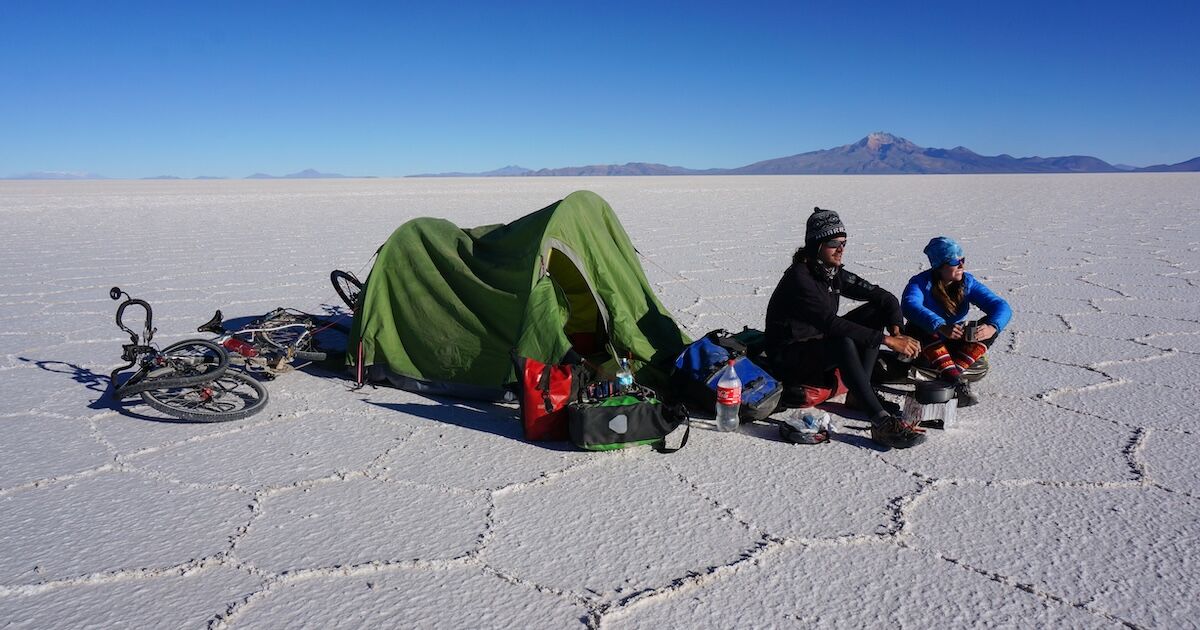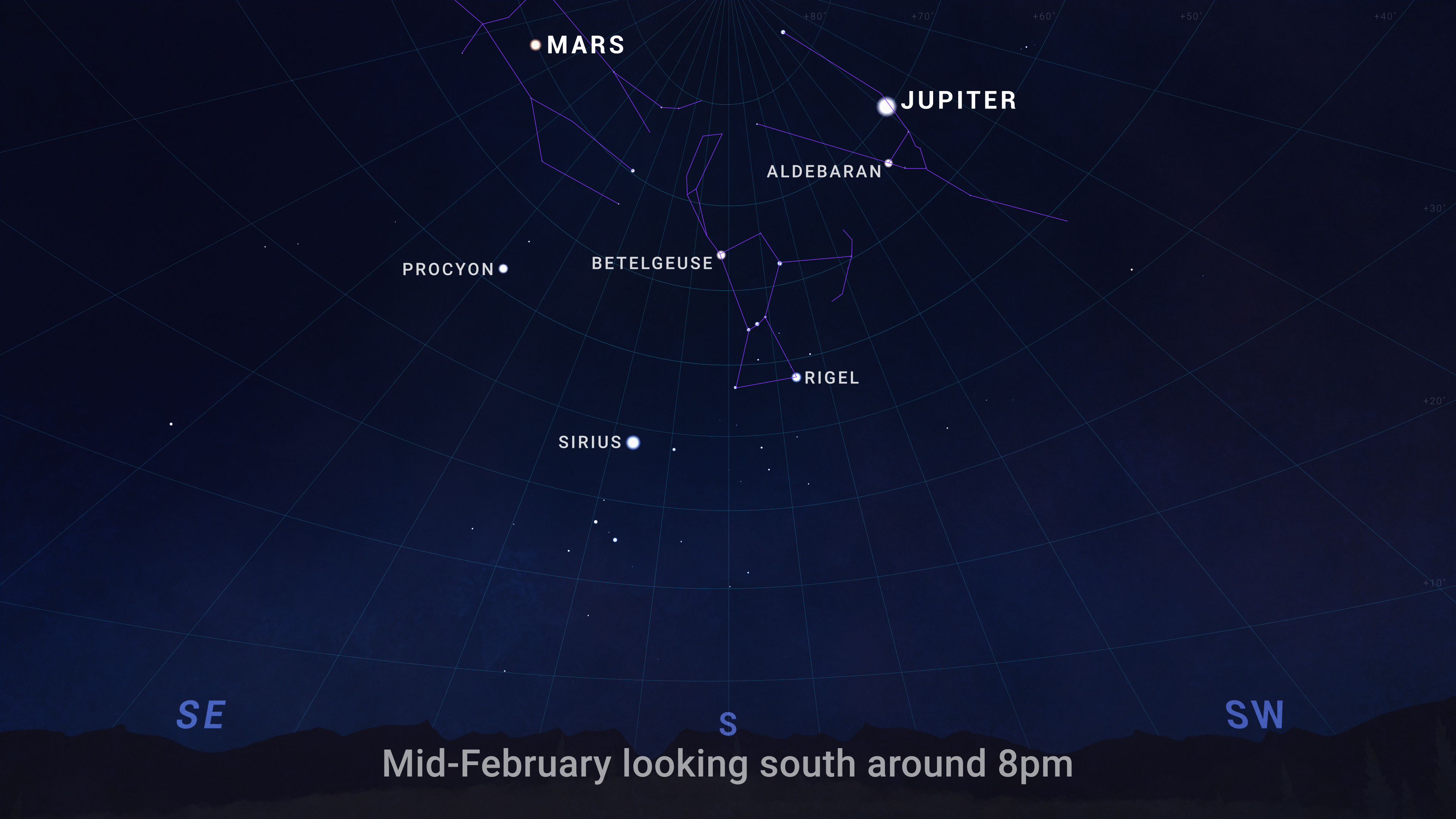Water Arrived in the Final Stages of Earth's Formation
Roughly 4.6 billion years ago, the Sun was born from the gas and dust of a nebula that underwent gravitational collapse. The remaining gas and dust settled into a protoplanetary disk that slowly accreted to form the planets, including Earth. About 4.5 billion years ago, our planet was impacted by a Mars-sized body (Theia), which … Continue reading "Water Arrived in the Final Stages of Earth's Formation" The post Water Arrived in the Final Stages of Earth's Formation appeared first on Universe Today.

Roughly 4.6 billion years ago, the Sun was born from the gas and dust of a nebula that underwent gravitational collapse. The remaining gas and dust settled into a protoplanetary disk that slowly accreted to form the planets, including Earth. About 4.5 billion years ago, our planet was impacted by a Mars-sized body (Theia), which led to the formation of the Moon. According to current theories, water was introduced to Earth and the inner planets by asteroids and comets that permeated the early Solar System.
The timing of this event is of major importance since the introduction of water was key to the origin of life on Earth. Exactly when this event occurred has been a mystery for some time, but astronomers generally thought it had arrived early during Earth’s formation. According to a recent study by a team led by scientists from the University of Rutgers-New Brunswick, water may have arrived near “late accretion” – the final stages of Earth’s formation. These findings could seriously affect our understanding of when life first emerged on Earth.
The team was led by Katherine Bermingham, an associate professor in the Department of Earth and Planetary Sciences at Rutgers-New Brunswick and the University of Maryland. She was joined by researchers from Clemson University, the Research Centre for Astronomy and Earth Sciences (CSsFK), the Department of Lithospheric Research, the Centre for Planetary Habitability (PHAB), and the Institute for Earth Sciences. Their findings are described in a paper, “The non-carbonaceous nature of Earth’s late-stage accretion,” in Geochimica et Cosmochimica Acta.

Credit: NASA/JPL-Caltech.
According to what scientists have learned from life on Earth, three ingredients are essential to putting the process in motion. These are water, energy, and the basic building blocks of organic chemicals – carbon, hydrogen, nitrogen, oxygen, phosphorus, and sulfur – collectively called CHNOPS. As a cosmogeochemist, Bermingham and her associates are dedicated to the study of the chemical composition of matter in the Solar System. This largely consists of analyzing Earth rocks and materials deposited by meteorites and other extraterrestrial sources.
In so doing, they hope to learn more about the origin and evolution of the Solar System and its rocky planets. A major aspect of this is knowing when and where the basic ingredients for life originated and how they found their way to Earth. For their study, Birmingham and her team examined meteorites obtained from the Smithsonian National Museum of Natural History that belong to the “NC” group. These meteorites’ composition suggests they formed in the inner Solar System, where conditions were drier.
This sets them apart from the “CC” group, which likely formed in the outer Solar System, where water and other volatiles were more abundant. The team extracted isotopes of molybdenum from these meteorites – a trace mineral essential for human health – and analyzed them using ionization spectrometry and a new analytical method they developed. This element is thought to have been deposited on Earth at about the same time the Moon formed, which was thought to have deposited a significant amount of the Earth’s water. As Birmingham explained in a Rutgers University press release:
“When water was delivered to the planet is a major unanswered question in planetary science. If we know the answer, we can better constrain when and how life developed. The molybdenum isotopic composition of Earth rocks provides us with a special window into events occurring around the time of Earth’s final core formation, when the last 10% to 20% of material was being assembled by the planet. This period is thought to coincide with the Moon’s formation.”

They then compared the composition of these meteors’ isotopes to Earth rocks obtained by field geologists from Greenland, South Africa, Canada, the United States, and Japan. Their analysis showed that the Earth rocks were more similar to meteorites originating in the inner Solar System (NC). As Birmingham said:
“Once we gathered the different samples and measured their isotopic. compositions, we compared the meteorites signatures with the rock signatures to see if there was a similarity or a difference. And from there, we drew inferences. We have to figure out from where in our solar system Earth’s building blocks – the dust and the gas – came and around when that happened. That’s the information needed to understand when the stage was set for life to begin.”
The finding is significant since it indicates that Earth did not receive as much water from the Moon-forming impact as previously theorized. Instead, the data supports the competing school of thought that water was delivered to Earth in smaller portions late in its formation history and after the Moon was formed. “Our results suggest that the Moon-forming event was not a major supplier of water, unlike what has been thought previously,” said Bermingham. “These findings, however, permit a small amount of water to be added after final core formation, during what is called late accretion.”
Further Reading: Rutgers University, Geochimica et Cosmochimica Acta
The post Water Arrived in the Final Stages of Earth's Formation appeared first on Universe Today.










































































